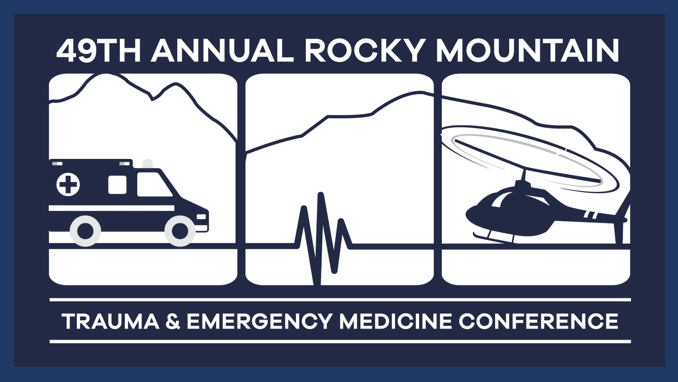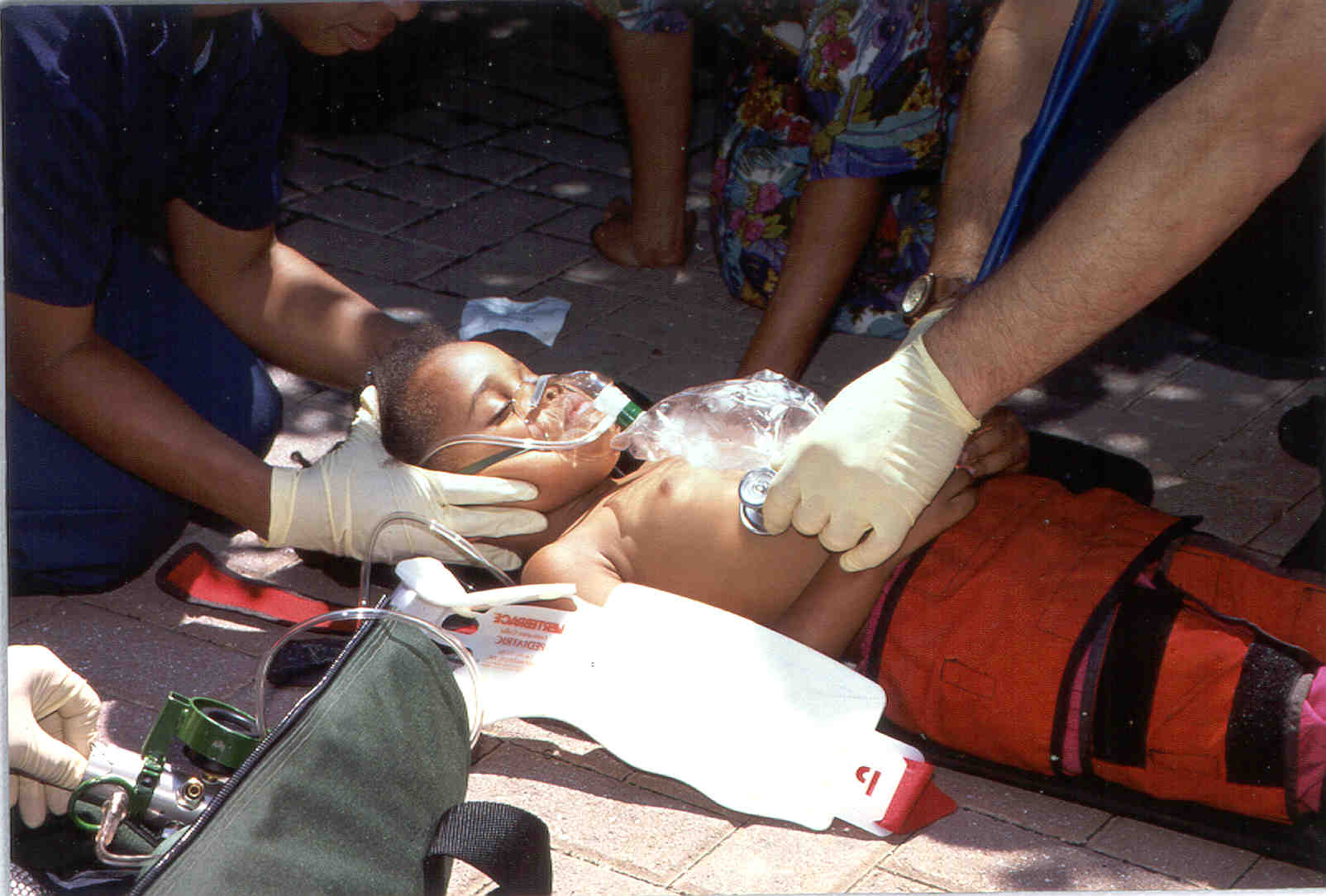Dr. David Bliss, pediatric trauma surgeon, joins us to discuss the challenges of treating pediatric trauma patients and how we can overcome our fears and be successful.
Support psychosocial needs of children.
Supporting the psychosocial needs of children is a crucial aspect of providing care to pediatric trauma patients. Dr. David Bliss, a professor of Pediatric Surgery at Cedars-Sinai Health Systems, emphasizes the importance of recognizing the fear and anxiety that children experience during a traumatic event. Unlike adults, children do not have the context to understand what is happening to them. Therefore, healthcare providers must take measures to ensure that children feel safe and supported throughout the process.
One of the strategies that Dr. Bliss recommends is to communicate with children on their level. This means physically coming down to their level and interacting with them in a way that is not intimidating. For example, when a child is on a gurney, healthcare providers can come down to their level and communicate with them directly. This helps to establish a sense of trust and comfort, which can go a long way in alleviating their anxiety.
Another strategy is to be aware of one’s body language and verbal language. Be mindful of your tone and body position when interacting with children. Avoid using language that is too technical or intimidating, as this can further exacerbate the child’s anxiety. Instead, use language that is simple and easy to understand, while also being reassuring and supportive.
Dr. Bliss also emphasizes the importance of involving parents in the process. Parents are critical partners in the care of pediatric trauma patients, as they can provide valuable insight into their child’s behavior and responses. They can also help to calm their child and provide emotional support during a traumatic event. We as, healthcare providers, should take the time to communicate with parents and keep them informed about their child’s condition and treatment.
In cases where the child has special needs or is non-verbal, take extra care to support their psychosocial needs. Work closely with parents to understand the child’s needs and preferences, and adjust their approach accordingly. This may involve using alternative forms of communication, such as sign language or picture boards, to help the child feel more comfortable and understood.
In conclusion, supporting the psychosocial needs of children is a critical aspect of providing care to pediatric trauma patients. We must be mindful of the fear and anxiety that children experience during a traumatic event and take measures to ensure that they feel safe and supported. By communicating with children on their level, involving parents in the process, and adapting our approach to meet the child’s needs, we can provide the best possible care to pediatric trauma patients.
Recognize cues in pediatric patients.
One key aspect of providing care to pediatric trauma patients is recognizing cues that may indicate a child’s needs or emotions. This can be particularly challenging when dealing with pre-verbal or non-verbal children, or those with developmental delays. In these cases, paramedics and EMTs must rely on other cues such as facial expressions, body movements, and parental reactions to understand what the child is experiencing.
It is important for us to develop a heightened sense of awareness when working with pediatric patients. This includes being attentive to how the child is engaging with them, whether they are making eye contact or withdrawing, and whether they are exhibiting any signs of pain or discomfort. It is also important to involve parents in the process, as they may have valuable insights into their child’s communication patterns and behaviors.
Recognizing cues in pediatric patients requires a certain level of expertise, but it is not something that only pediatric specialists can do. As paramedics and EMTs we are already used to communicating with the adult stroke patient who may be nonverbal. Realize you’ve done this before and can rely on some of the same skills.
It is also important for prehospital providers to recognize their own anxiety and emotions when working with pediatric patients. The pressure to provide the best possible care to a child can be overwhelming, but it is important to acknowledge these feelings and realize it is a normal reaction that even pediatric specialists experience. Acknowledge those feelings and then move on to provide the best possible care.
In conclusion, recognizing cues in pediatric patients is a critical aspect of providing care to pediatric trauma patients. Prehospital providers must be attentive to nonverbal cues, involve parents in the process, and be mindful of their own emotions and anxiety. By doing so, we can provide the best possible care and support to pediatric trauma patients and help them to feel safe and supported during a difficult time.
Cheating is encouraged in medicine.
One of the key takeaways from the podcast is the importance of cheating in medicine.
Cheating is encouraged in medicine because healthcare providers cannot be expected to remember every piece of information about every patient or disease they encounter. Instead, we should rely on standardized shortcuts, cheat sheets, and other tools to help us cognitively offload and provide the best possible care.
For example, when treating a pediatric patient, we may not remember what a two-year-old’s heart rate should be. Instead of trying to remember this information, rely on cheat sheets or other tools to help you determine if the heart rate is normal or abnormal. If you’re unsure, ask or look it up, you can always ask questions or call ahead to the receiving facility for guidance.
Cheating is also encouraged because it can help paramedics overcome moments of stress and brain fog. When under stress, the brain can shut down, making it difficult to think clearly. By relying on cheat sheets and other tools, prehospital providers can overcome this moment of stress and make better decisions for our patients.
In conclusion, cheating is encouraged in medicine because it helps healthcare providers provide the best possible care to our patients. By relying on standardized shortcuts, cheat sheets, and other tools, we can overcome moments of stress and make better decisions for our patients. This is particularly important when treating pediatric patients.
Notes about the blood pressure.
One important aspect of providing proper care to pediatric trauma patients is using the appropriate size cuff for blood pressure readings. Using the appropriate size cuff can ensure accurate readings and prevent misinterpretation of vital signs. If you’re having trouble finding a small enough cuff for the arm, sometimes using the thigh is a good trick to find the appropriate fit. Remember the artery runs anteromedially on the thigh.
In addition, children have the ability to constrict their peripheral blood vessels much better than adults. When critically ill they will have the ability to maintain a normal blood pressure for longer. The old axiom, kids compensate and compensate until they fall off the cliff. But this does not mean there are not warning signs. They will increase their heart rate. They will increase their respiratory rate. You may see skin changes such as pallor or mottling. Realize these may be subtle signs that something is seriously wrong. Try not to fall into the cognitive trap of dismissing these subtle signs. It is important to be aware of these cognitive biases and avoid discounting one or two numbers when assessing vital signs. Subtle signs of deterioration may be missed if paramedics are too focused on confirming their initial assessment of a patient’s stability. We all want these kids to be well but we can’t miss when they’re not. By remaining vigilant and open-minded, we can catch signs of deterioration before it becomes a crisis.
Don’t be afraid of the IO
Paramedics should not be afraid to use intraosseous (IO) access if peripheral access is difficult in a critically ill patient. While the idea of poking a child’s bone may be daunting and emotionally challenging, it is often the best option for obtaining access and getting necessary labs. Realize that complications from intraosseous lines are incredibly rare and in a critically sick patient it may be the only or at least the fastest way to get access if peripheral attempts have failed.
Yes, it will be painful, but so is poking peripherally over and over again until the patient feels like a pin cushion. Acknowledge that it will be uncomfortable but it will brief and then you can move on with getting necessary labs and giving necessary medications.
Don’t forget to warm patients.
A small amount of decrease in body temperature can lead to significant coagulopathy in a trauma patient. Children get cold very quickly and are not able to conserve heat or produce heat the way adults can. Therefore, it is important to warm them as soon as possible to prevent hypothermia-related complications. This is particularly important in rural environments where children may have to travel long distances to receive definitive care. It is important to visualize your trauma patients. So make sure you throughly expose and visualize your trauma patients to identify any possible life threats. And then after you’ve preformed a thorough exam don’t forget to cover them back up and keep them warm.
This can be done through the use of warm blankets, reflective field devices, and warm fluids. It is also important to remember that IV fluids can be a source of cooling if they are stored at room temperature. Use warm fluids whenever possible. One trick, if you don’t have an IV fluid warmer but have access to heat packs, tape the heat packs to either side of the IV fluid bag to warm the fluids during administration.
Tourniquets- use the appropriate size. Improvisation is better than nothing.
We should always use a commercially manufactured tourniquet when able. But unfortunately most of these are not sized to the pediatric patient. Some have the ability to wrap around twice allowing them to fit smaller extremities but realize they will need to be twisted tighter in these situations to get the same effect.
In situations where a commercially manufactured tourniquet is too big for a child, paramedics might need to be prepared to use whatever resources are available to control bleeding. As Dr. Bliss notes, this may involve using a piece of rubber, hose, or other stretchy device to create a makeshift tourniquet.
The reality is that improvisation may be better than doing nothing at all. Of course, improvisation should always be done with caution and with the patient’s best interests in mind. Paramedics must be aware of the potential risks and side effects of any improvised treatments, and should always be prepared to seek additional medical advice from their physician control or the receiving facility.
Ultimately, the key to successful improvisation is a willingness to think creatively in the face of challenging situations. By remaining calm, focused, and resourceful, we can provide the best possible care for our patients, even in the most difficult and unpredictable circumstances.
Pause. Breath. Assess.
As we concluded the podcast, Dr. Bliss noted that we healthcare providers often have high levels of stress and adrenaline in these situations. This can often lead to physical overreactions during medical procedures. For example, when intubating a child, providers may insert the ET tube too far, leading to improper placement and potential complications.
Take a moment to pause. Acknowledge your stress and anxiety. Remind yourself that pediatric patients are smaller and as such the distance to structures will be shorter. By taking a moment to pause and assess the situation, we can ensure that we are performing the procedure correctly and safely. This concept of pausing to prevent medical errors can be applied to a variety of medical procedures, including IV insertion and other medical interventions.
What you do matters.
Dr. Bliss specifically wanted to give all prehospital providers “mad props” for what you do. As always, thank you for what you do. We can’t do what we do in the hospital without your amazing abilities in the field! What you do matters.





